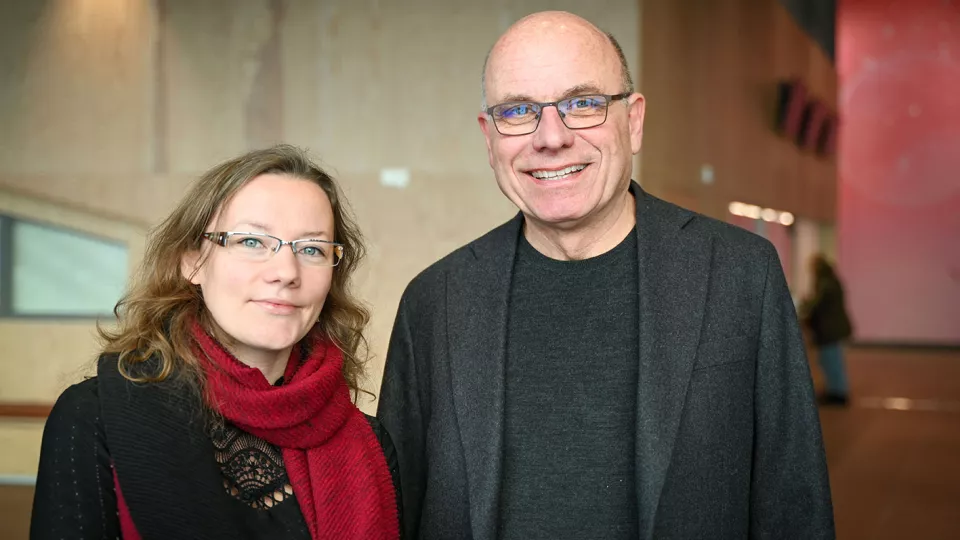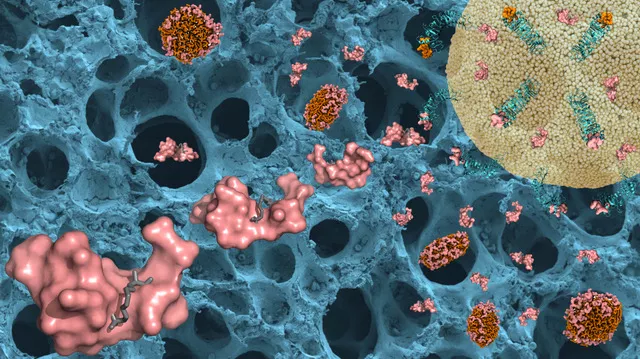“Despite decades of research, there are currently no specific treatments for sepsis. Now, drawing inspiration from the body's own defence mechanisms based on peptides, we have developed a new approach to treating severe bacterial infections”, says Artur Schmidtchen, professor in dermatology and venereology and senior consultant at Skåne University Hospital, who led the study.
For over two decades, Artur Schmidtchen and his research group have studied endogenous peptides, smaller protein fragments in the body with the ability to both kill bacteria and neutralize the bacterial toxins released during an infection.
These peptides have also proven to be powerful tools in managing the harmful inflammatory response that occurs in the body as a result of the infection. The peptides´ functions are crucial – if the infection and inflammation are not contained, it can lead to sepsis.
By mimicking the natural structure of peptides from the protein thrombin, researchers have designed a peptide-based treatment, sHVF18. It blocks a receptor, CD14, which plays a key role in detecting bacterial substances and initiating the immune response. This response is crucial for fighting the infection but can, if overactivated, lead to sepsis. Additionally, the designed structure also blocks various toxins released by bacteria, thereby regulating inflammation.
"We utilize what hundreds of millions of years of evolution have crafted as defence against infections when developing this treatment. It is an effective and natural strategy addressing multiple treatment targets simultaneously, and the positive results we observe indicate its potential for clinical use," says Artur Schmidtchen.
Using advanced analysis methods, researchers have examined sHVF18's structure and function at the cellular level. They also studied the treatment's effectiveness in preclinical animal models with promising results on both infection and inflammation in mice. In an experimental model of systemic inflammation in pigs, treatment with sHVF18 led to a significant reduction in lung damage, an increase in blood oxygen levels, and improved kidney function compared to the control group that did not receive treatment.
"Our detailed knowledge of sHVF18's function at the molecular level and its effect in preclinical animal models is now being used in the development of therapies based on sHVF18 against infection and other inflammatory diseases," says Ganna Petruk, associate professor at Lund University, who, together with Manoj Puthia, researcher at Lund University, shares the first authorship of the current article.
The next step is to further the project with the aim of developing sHVF18 as a medication.
"There are currently no established treatments that dampen harmful inflammation in infections and prevent sepsis from occurring. But before this can be given to patients, we need to conduct various safety studies, which we have planned. We hope to evaluate our new treatment concept in patients within a few years," says Artur Schmidtchen.
The study is based on collaborations with researchers at the Bioinformatics Institute, Singapore, the company SARomics Biostructures in Lund, Sweden.

